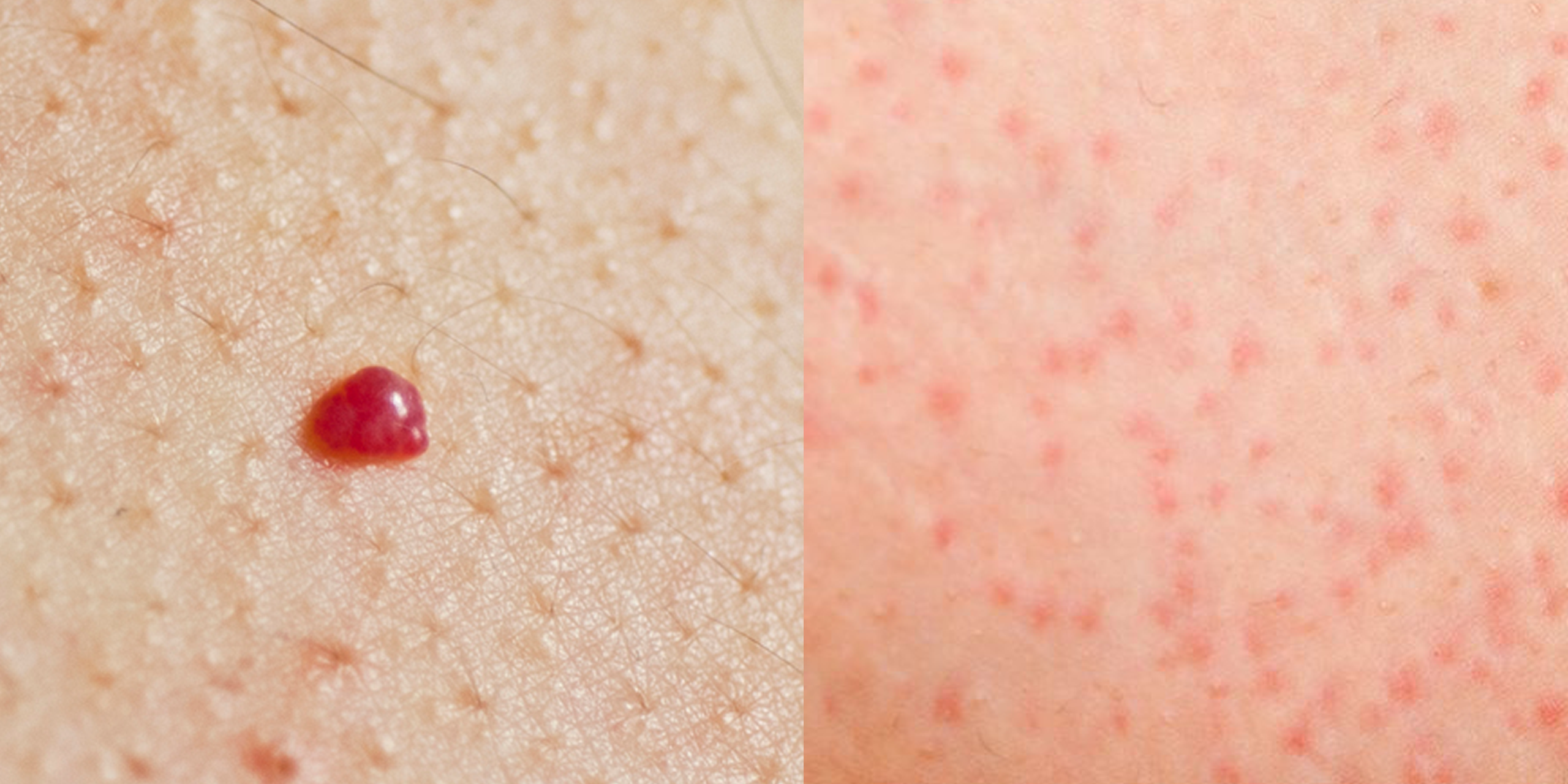Dry Spots On Skin
Skin barnacles, barnacles of the skin, senile wart, age spots, black spots, warty spots, basal cell papilloma, barnacles of aging; all the mentioned terms are common that describes the “Seborrheic Keratosis” However, some dermatologists use much more acceptable terms such as wisdom mark or knowledge spots. Well, what is skin barnacles? Causes of Dry Patches on Face. The sebum released by the skin keeps it soft, smooth and elastic, so low level of production can lead to dry skin. Dry skin is the most common skin issue that affects many people and these also results to dry patches. Patches are spots of skin that appear to be darker or lighter than your normal complexion.
Dry skin bumps, which might resemble pimples and could be red or white in color, can be caused by many factors. The most common cause is a skin condition called keratosis pilaris, but they can also develop because of an allergic reaction, where the affected area can become itchy and swollen. Other skin-related irritations, such as hives and eczema, can also look like dry bumps. Similar to an allergic reaction, hives and eczema can also cause redness, swelling and extreme itchiness. People who have other symptoms, such as a raised temperature, as well should seek medical advice.
Keratosis pilaris, a skin condition that is most commonly responsible for dry skin bumps, is a result of excess proteins in the body blocking hair follicles. The result is raised, hard, white bumps on the surface of the skin, which often have a red or pink edging. This condition is most likely to occur on the upper arms and thighs and can be a result of having very dry skin or a deficiency of vitamin A in the body. Keratosis pilaris cannot be immediately cured completely, but it can be treated topically. It is known to be a hereditary condition.
Other causes of bumps on the skin include eczema and hives. These conditions have differing symptoms, and the affected area can become scaly, red and painfully itchy. Both of these forms of irritation can be caused or exacerbated by allergic reactions, food intolerances and stressful situations. Unlike keratosis pilaris, these conditions can be treated effectively with the use of antihistamines and dermatitis creams and lotions.
Allergic reactions can also cause dry skin bumps without the ongoing symptoms of eczema or the deficiencies that can cause keratosis pilaris. Allergic reactions can stem from contact with irritating materials such as wool and rubber, from intolerance to certain food types, or as a result of seasonal weather. Some reactions can be controlled through the use of antihistamines, but this is not always effective. Generally, however, the bumps will go away when the causing factors are removed, such as when the person no longer comes into contact with irritant materials or the season changes and the amount of pollen in the air decreases.
Common causes and treatments for white spots on skin

White spots on skin can be caused by a variety of conditions, including allergies and nutritional deficiencies.
“Generally, a white patch on your skin isn’t a cause for concern,” says Reyzan Shali, MD, an internal medicine doctor at Scripps Coastal Medical Center, Vista.
“Skin discoloration can be triggered by a variety of causes, so check with your doctor for a diagnosis and treatment options.”
Here are common causes of dry white patches on the skin:
Eczema
Eczema is a chronic, probably genetic, inflammatory skin condition that causes the skin to become inflamed or irritated and often results in a patch of skin that is lighter in pigment than the skin around it.
“Eczema is especially common in children,” says Dr. Shali. “They often outgrow it, but some people continue to have symptoms on and off throughout their lives.”
Eczema is always itchy, and sometimes itching will start before a rash appears, most often on the face, back of knees, wrists, hands or feet. The areas may appear dry, thickened or scaly, and sometimes the skin can blister. Many people with eczema have allergies as well.
Treatment for eczema focuses on relieving and preventing itching, since scratching can make it worse and even lead to infection. Lotions and creams can keep the skin moist, and cold compresses can provide relief from itching. Other treatments include phototherapy, antihistamines and hydrocortisone.
Dry Scaly Skin Patches
“The right treatment will depend on your age, medical history and severity of your symptoms,” says Dr. Shali. “Your doctor can determine what is best for you.”
Seborrheic dermatitis
Often called cradle cap in babies and dandruff in adults, seborrheic dermatitis causes itchy, red skin on the scalp, face and chest. In adults, dermatitis can be a chronic condition caused by stress, fungus or other issues.
Symptoms can be managed with creams, medicated shampoos, antifungal agents and other treatments. You may need to try different products or a combination of products before the condition improves.
Psoriasis
Psoriasis is a common chronic skin disorder in which white blood cells cause inflammation. Skin cells multiply too rapidly, building up on the surface of the skin and causing a scaly, itchy plaque.
“Factors that trigger psoriasis include skin scrapes and bug bites, stress, smoking, alcohol and even vitamin D deficiency,” says Dr. Shali. “If you and your doctor can identify your triggers, lifestyle changes can help you avoid the condition.”

Treatments include topical creams and ointments, light therapy and systemic medications for severe psoriasis.
Dry Spots On Skin Pictures
Deficiencies in calcium, vitamin D and vitamin E can cause white patches on the skin. While harmless, these white spots indicate that you need to eat a healthy, balanced diet.